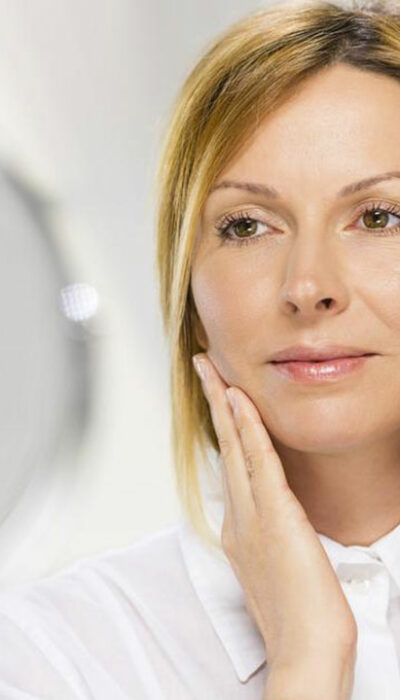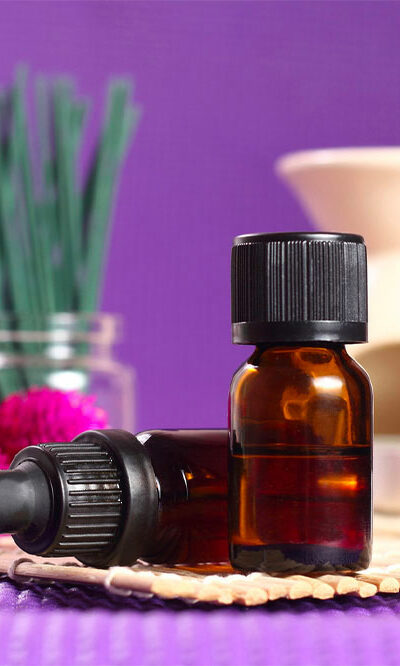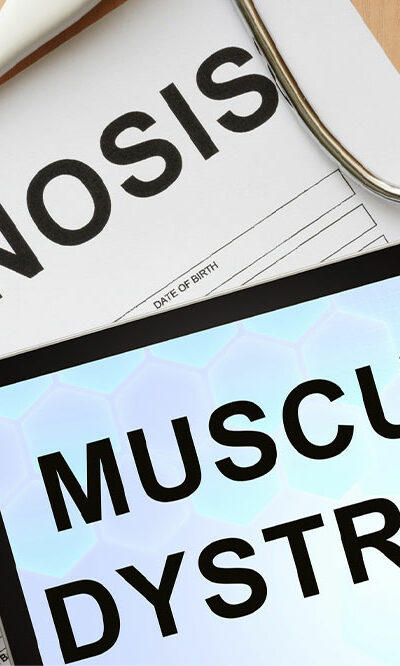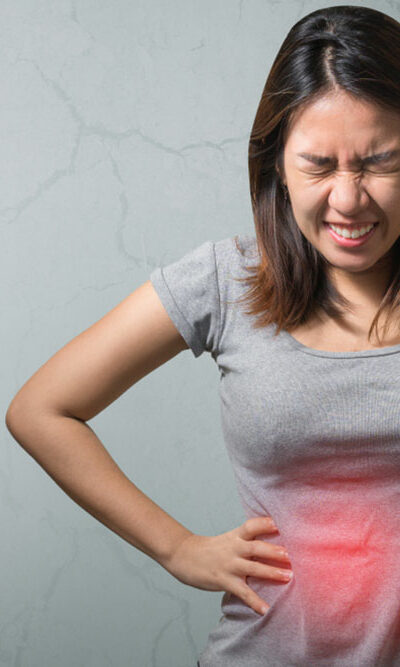
Sleep Disorder Symptoms And Types
Sleep is nature’s way of helping the body rest and recover after a day’s activity. Whether you lead an active or a sedentary lifestyle, your body and the various organs that keep you going have to perform their functions on a daily basis. When you sleep, most of the body’s internal as well as external organs either rest or slow down. It gives the various systems and the organs a chance to rest and get ready for a new day’s activity. If you do not get adequate sleep, it affects the entire system, and you feel tired and dysfunctional. Sleep Disorder Symptoms There are many types of sleep disorders, and their symptoms might differ. However, certain basic symptoms are common to all sleep disorders. These include: Experiencing difficulty in falling asleep at night. Tiredness after waking up. Feeling irritable and short-tempered. Feeling sleepy during the daytime or wanting to take naps. Falling asleep while performing an activity like driving. Forgetfulness. Lack of focus and concentration. Unusual behavior while asleep. Disturbed sleep, having nightmares, and night time fears. Sleepwalking. Slowed down reactions during waking hours. Feeling the need for stimulants like coffee to stay awake through the day. If you experience all or some of these symptoms, consult your doctor. They could be signs of a deeper problem. These could also lead to other problems. Different Sleep Disorders And Their Signs Based on sleep disorder symptoms, there are a number of sleeping problems, four of the most common are insomnia, sleep apnea, restless leg syndrome, and narcolepsy. You can also experience Circadian Rhythm Sleep Disorders under certain circumstances. Insomnia Insomnia is the most common of sleep disorders. One in two people suffers from occasional bouts of insomnia, while a large number of people are victims to chronic insomnia. Common insomnia symptoms are:










